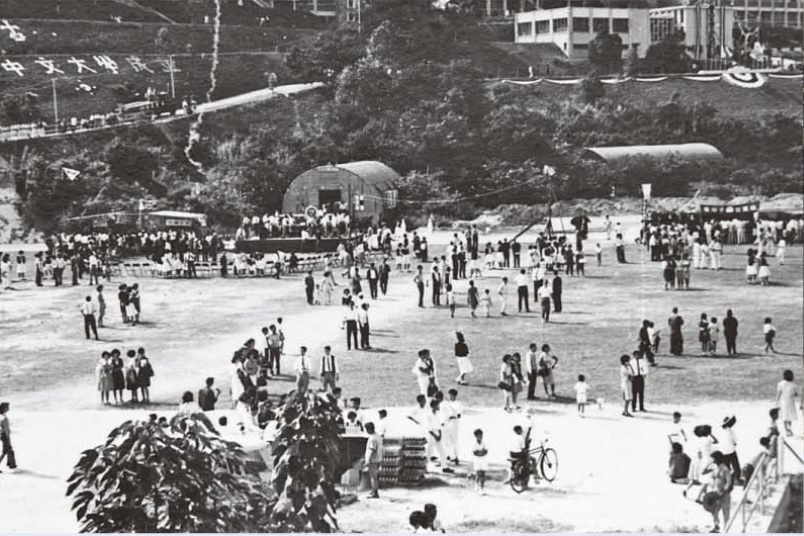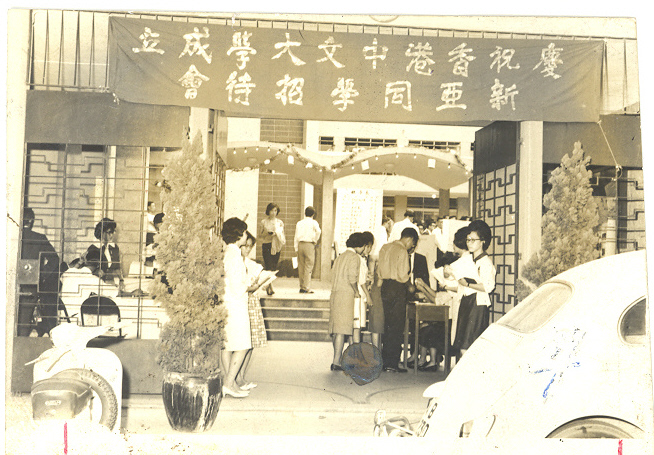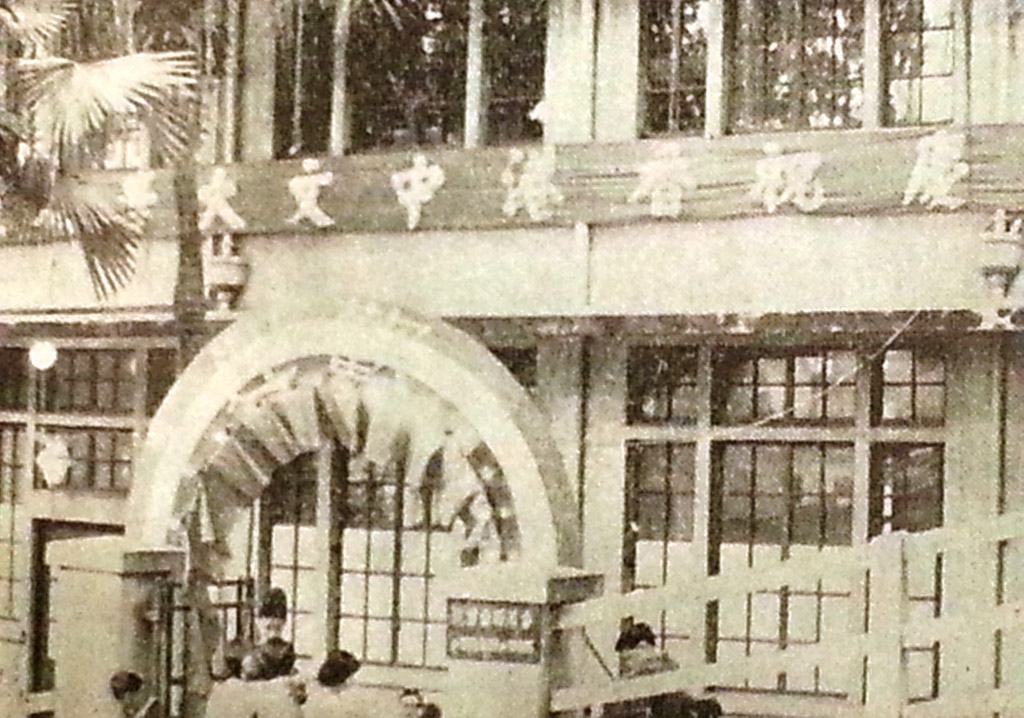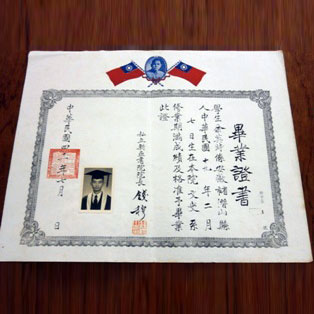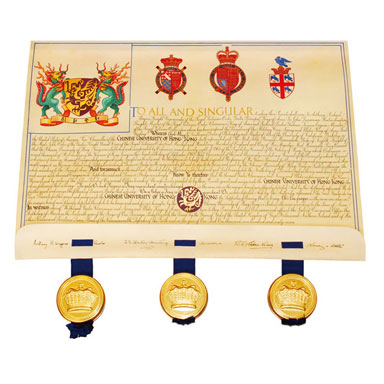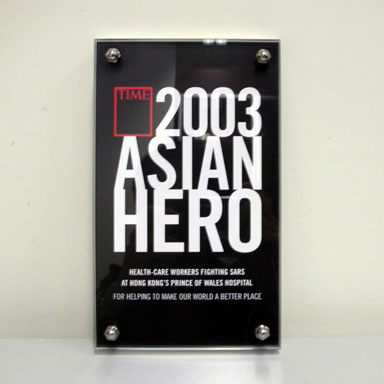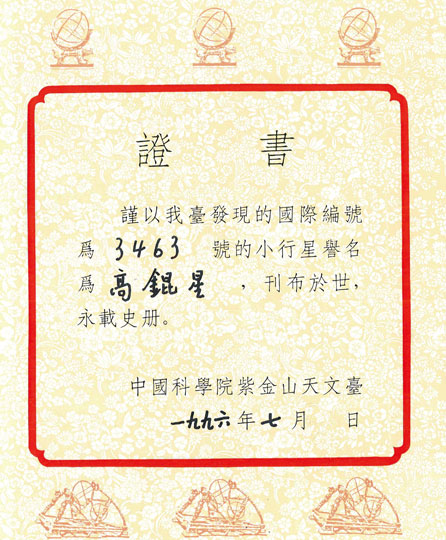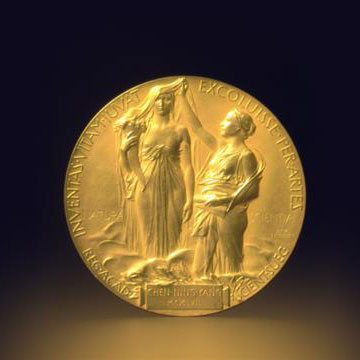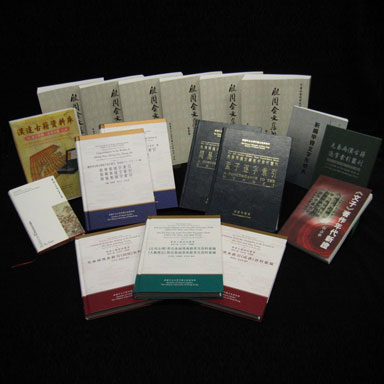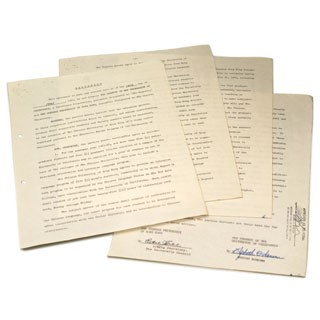The change of government in China in 1949 brought a drastic impact upon Hong Kong. Its population increased manifold due to the sudden influx of refugees. Yet on the other hand, the unsettled conditions on the Mainland also sent to Hong Kong a large pool of distinguished scholars and educationists. Despite being short on resources, they managed to run a number of makeshift schools, teaching post-secondary curricula to facilitate uninterrupted education for young people from the Mainland and Hong Kong. The three founding Colleges of The Chinese University of Hong Kong, i.e., New Asia College, Chung Chi College and United College, were conceived during this period.
This zone introduces the historical backgrounds of three founding Colleges and the establishment of CUHK, including:
- New Asia College
- Chung Chi College
- United College
- The Road to the Establishment of the Chinese University
- The Founding of The Chinese University of Hong Kong
Colleges' photo albums, video clips of the CUHK inauguration ceremony, interviews of College Deans in 1963, and the development of the University campus are available.
New Asia College
New Asia College started out as the Asia Evening College of Arts and Commerce, founded in 1949 by the eminent scholars Mr Ch'ien Mu, Mr Tang Chun-i and Mr Tchang Pi-kai, etc. Their mission was to preserve traditional Chinese culture and to balance it with western learning so that students might have a thorough knowledge of their cultural heritage and be prepared to cope with the modern world. The early days of the College were tough but the high mission and educational vigour of the New Asia pioneers gradually drew attention from many quarters. It soon received financial support from various channels, such as the Yale-in-China Association. It also received funding from the Asia Foundation and the Harvard-Yenching Institute. Such gifts gave the College a solid foundation that greatly encouraged its growth.

New Asia College at Kweilin Street (1950)
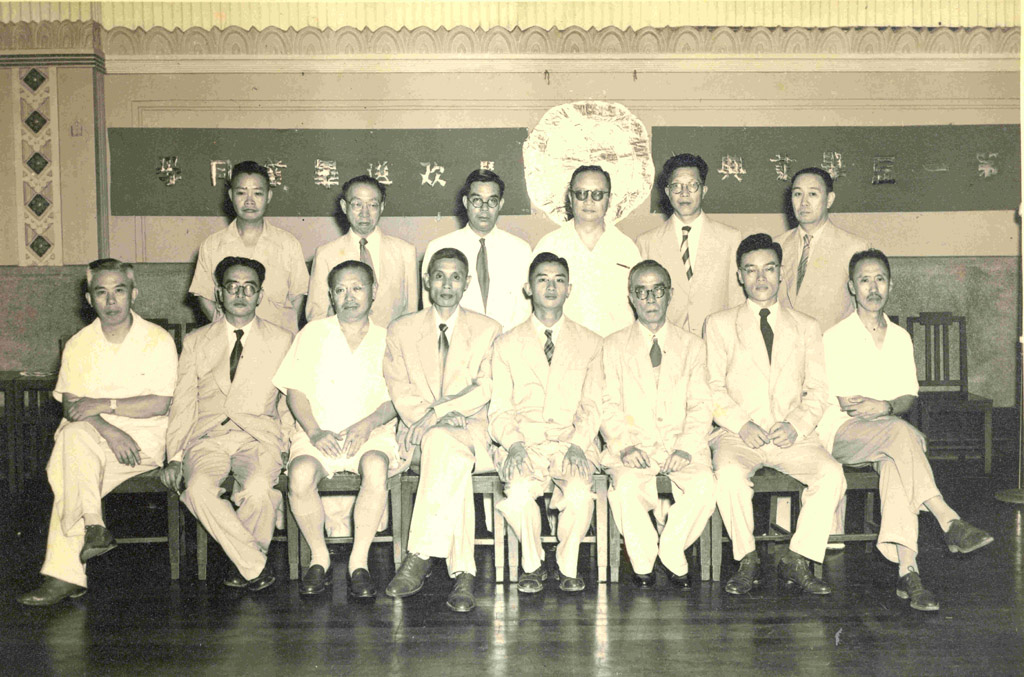
The first New Asia College graduation ceremony (1952)
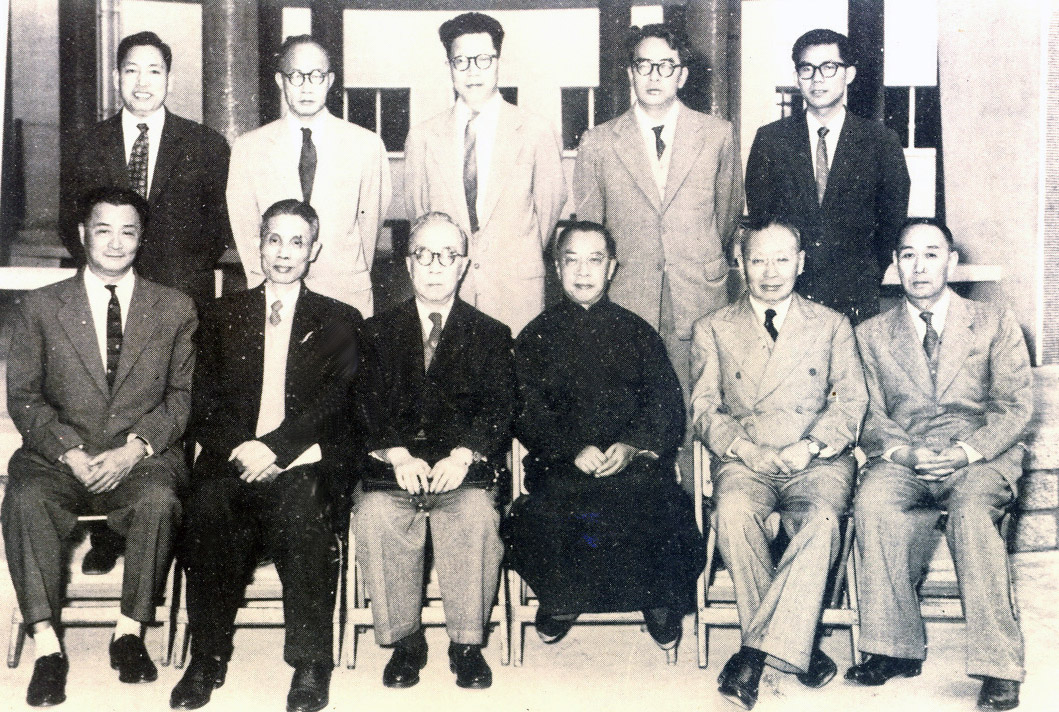
Faculty members at the General Assembly of Members, New Asia College (1957)
Front row, from right: Mr Yang Ju-mei, Mr Shen Yen-mou, Mr Ch'ien Mu, Mr Vermier Y. Chiu, Mr Tsai Ching-yan, Mr Hu Jia-jian
Back row, from right: Mr Chu Kwong-kwok, Mr Tang Chun-i, Mr Tchang Pi-kai, Mr Wang Shu-ling, Mr Wu Chen-hsiung
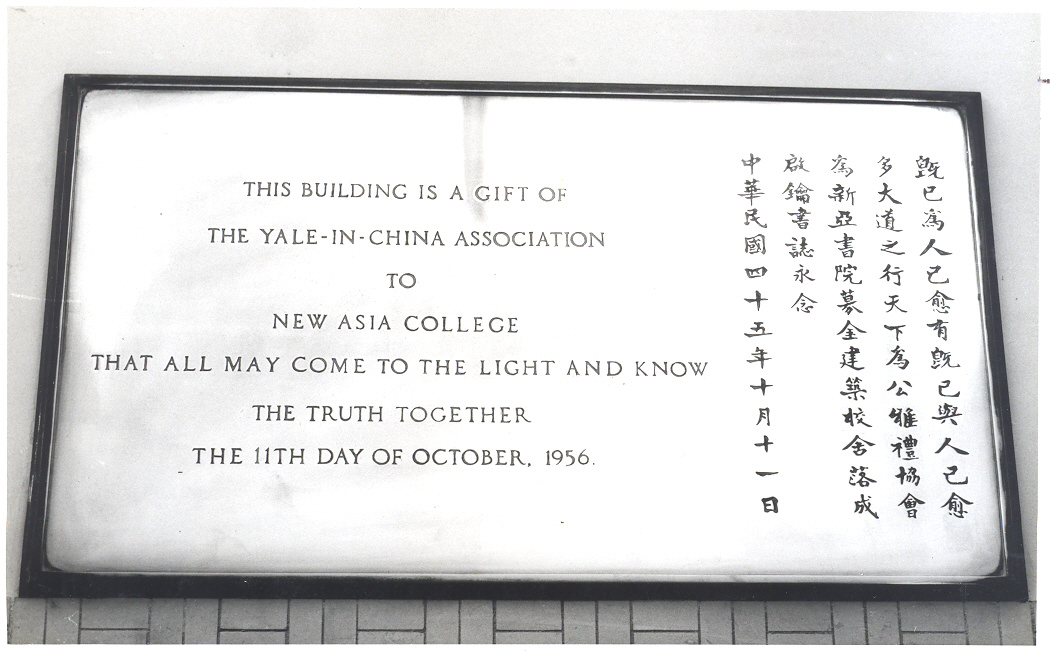
Plaque commemorating completion of the first phase of Farm Road Campus, a gift of the Yale-in-China Association (1956.10.11)

New Asia College campus on Farm Road
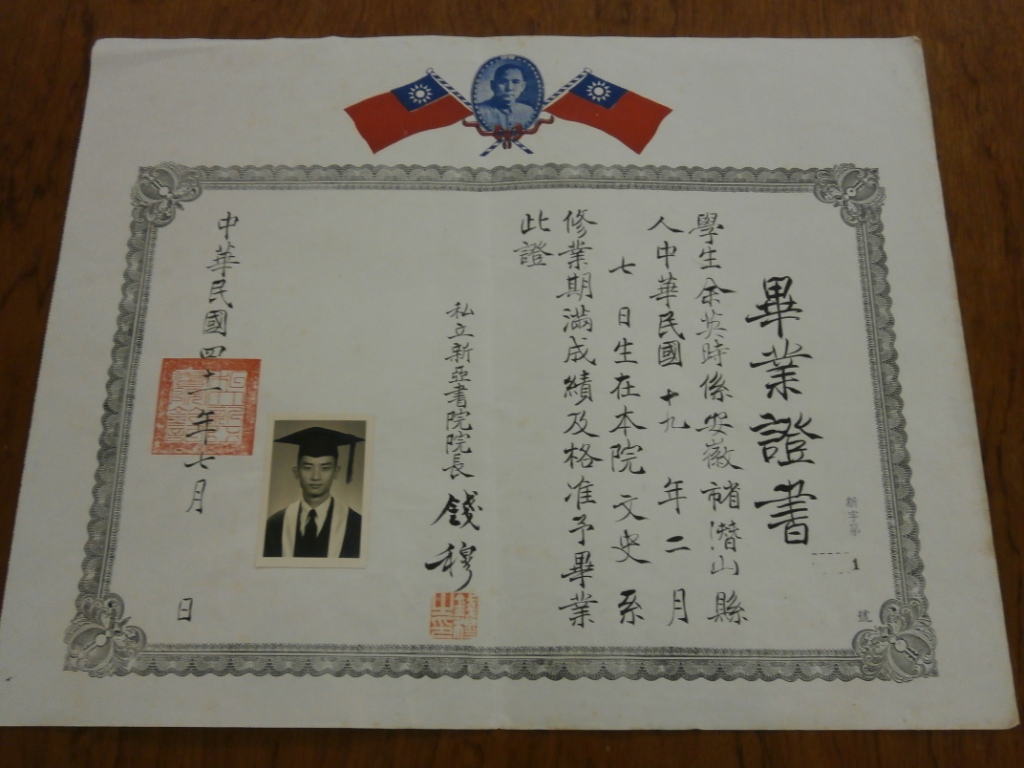
Graduation diploma of Professor Yu Ying-shih (1952)
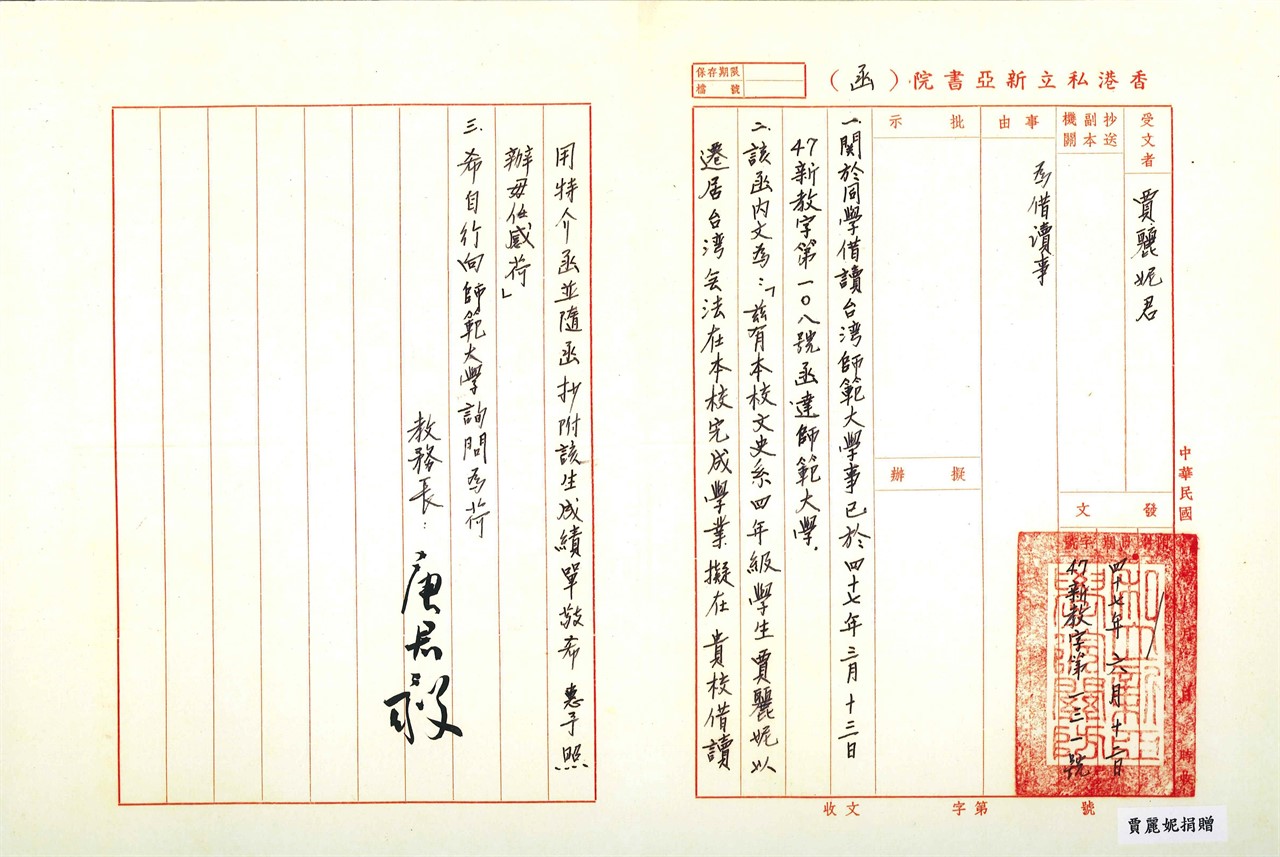
Letter from Mr Tang Chun-i, the Registrar, in response to a student’s enquiry about studying in Taiwan (1958)
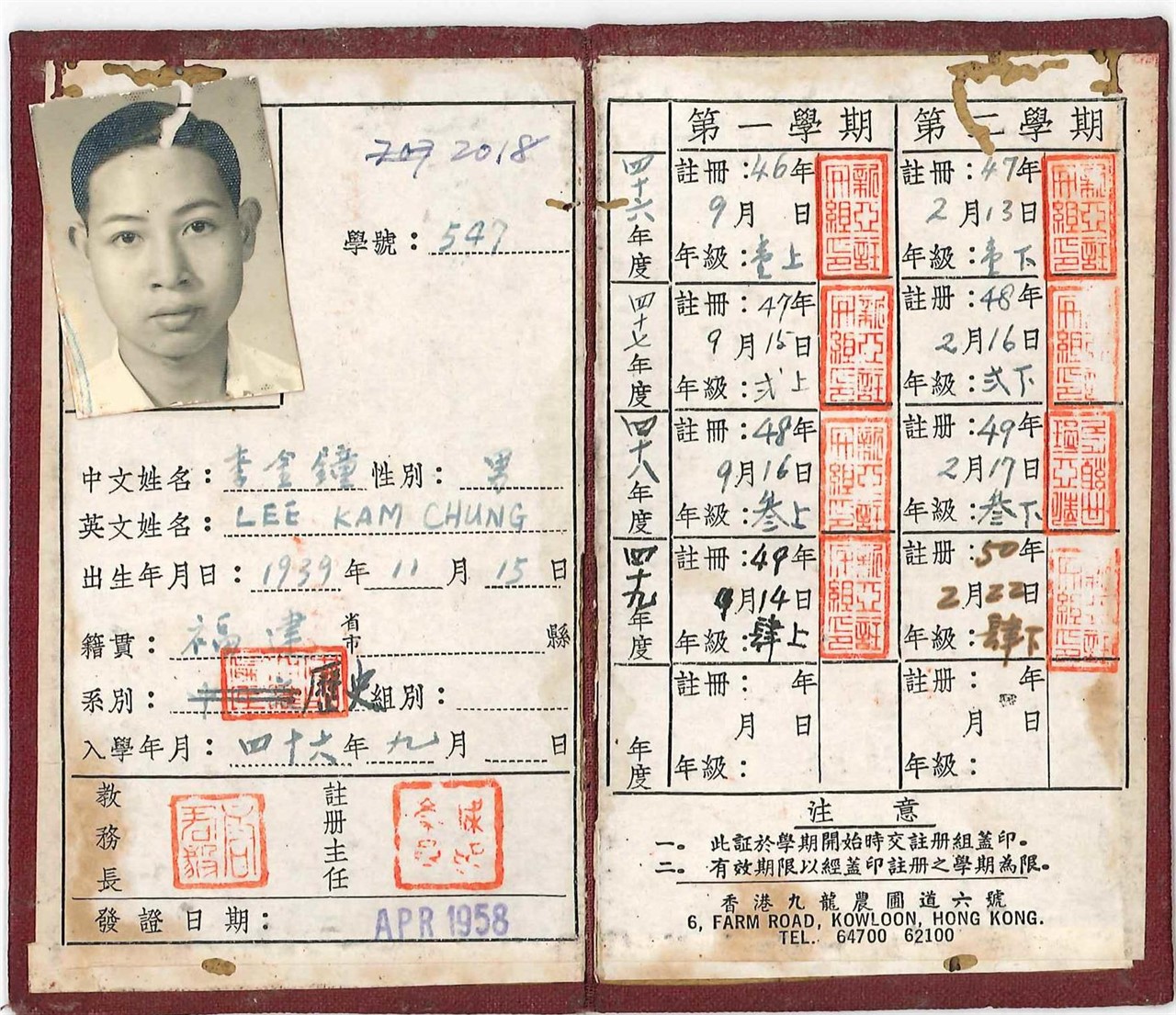
Student identity card of New Asia College (1961) (Courtesy of Mr. Lee Kam-chung)

Xin Ya Yi Duo–On the vision and mission of New Asia College (1989)
Chung Chi College
Chung Chi College was founded in 1951 by Lee Ying-lin, President of former Lingnan University in Guangzhou, David W. K. Au, Chairman of the Board of former St. John’s University in Shanghai, and Bishop Ronald Owen Hall, Head of the Anglican Church in Hong Kong. It represented the Christian churches’ commitment to the continuous development of higher education in China and thus gained broad support from churches of Britain, North America and the local community, including the United Board for Christian Higher Education in Asia in New York, the Asia Christian Colleges Association in London, and the Trustees of Lingnan University in New York, etc.
At the early stage, the College used borrowed and rented premises, first in the social hall of the St. John’s Cathedral and St. Paul's Co-educational College, and later on at No. 147 Caine Road and in the Bishop Hoare Memorial Building. In 1953, the government granted a land lot in Ma Liu Shui to the College as its permanent campus site, and the College moved to its new campus in the autumn of 1956. Thus Chung Chi College was able to embark on a steady path of development.

Founders of Chung Chi College: (from left) Rt. Rev. Ronald Owen Hall, Mr Lee Ying-lin, Mr David W.K. Au (1951)

The faculty and staff (1954)

The first graduation ceremony (1955)
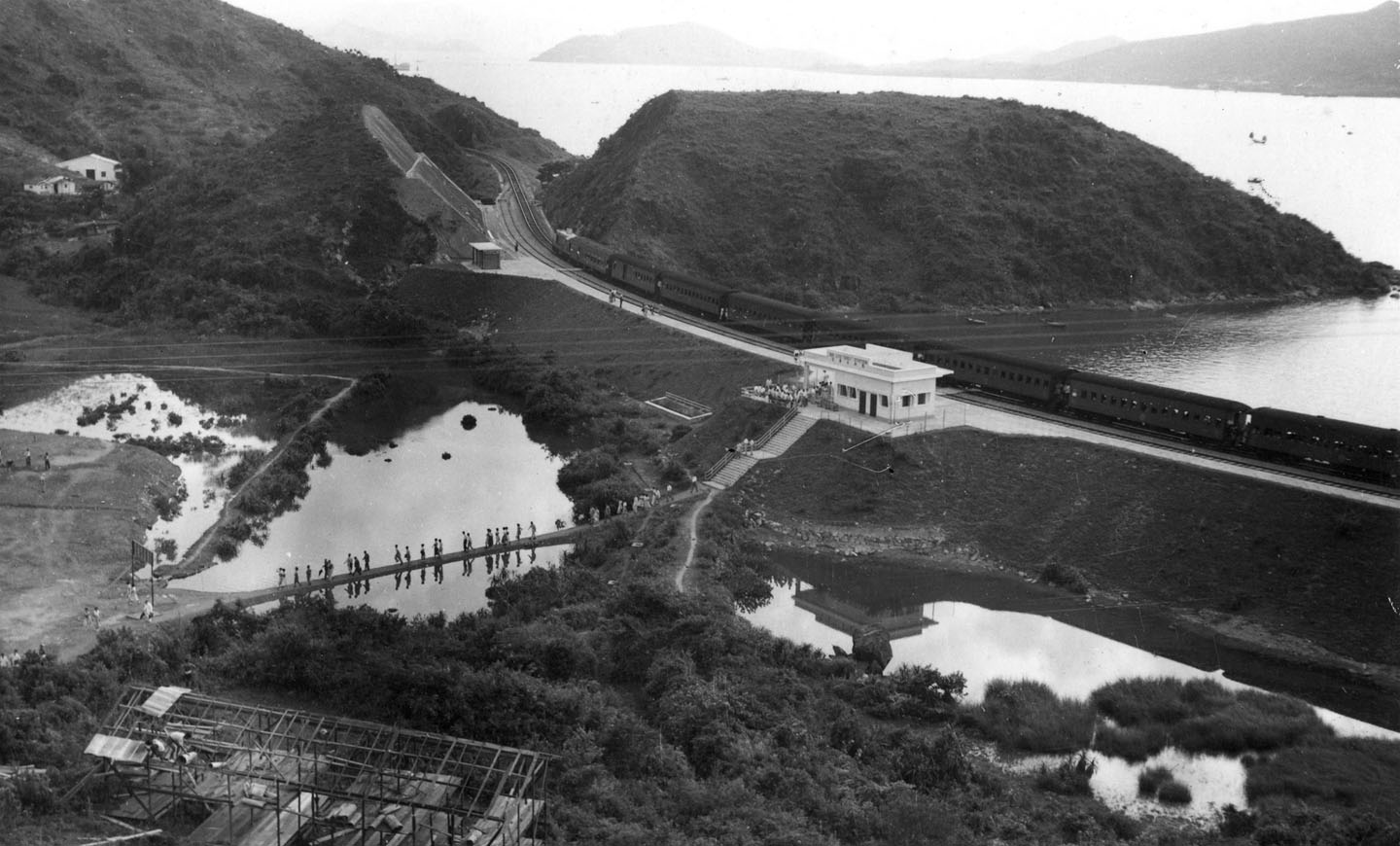
The Ma Liu Shui campus under construction (1956)
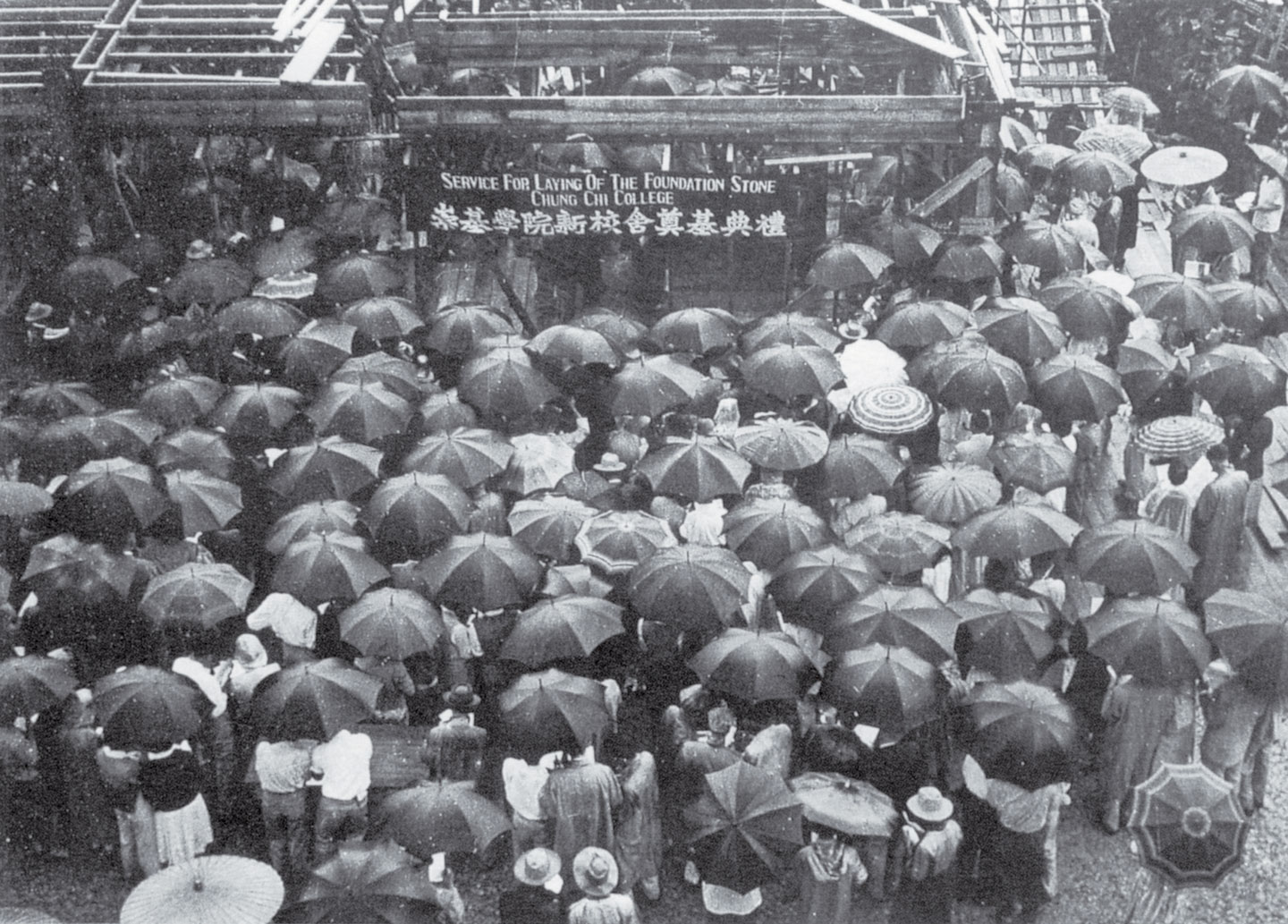
Foundation stone laying ceremony of the new campus of Chung Chi College (1956)
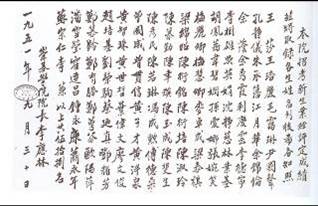
List of successful candidates in the first entrance examination of the Chung Chi College (1951)

Rt. Rev. Ronald Owen Hall's circular regarding the founding of a Christian college (1951)
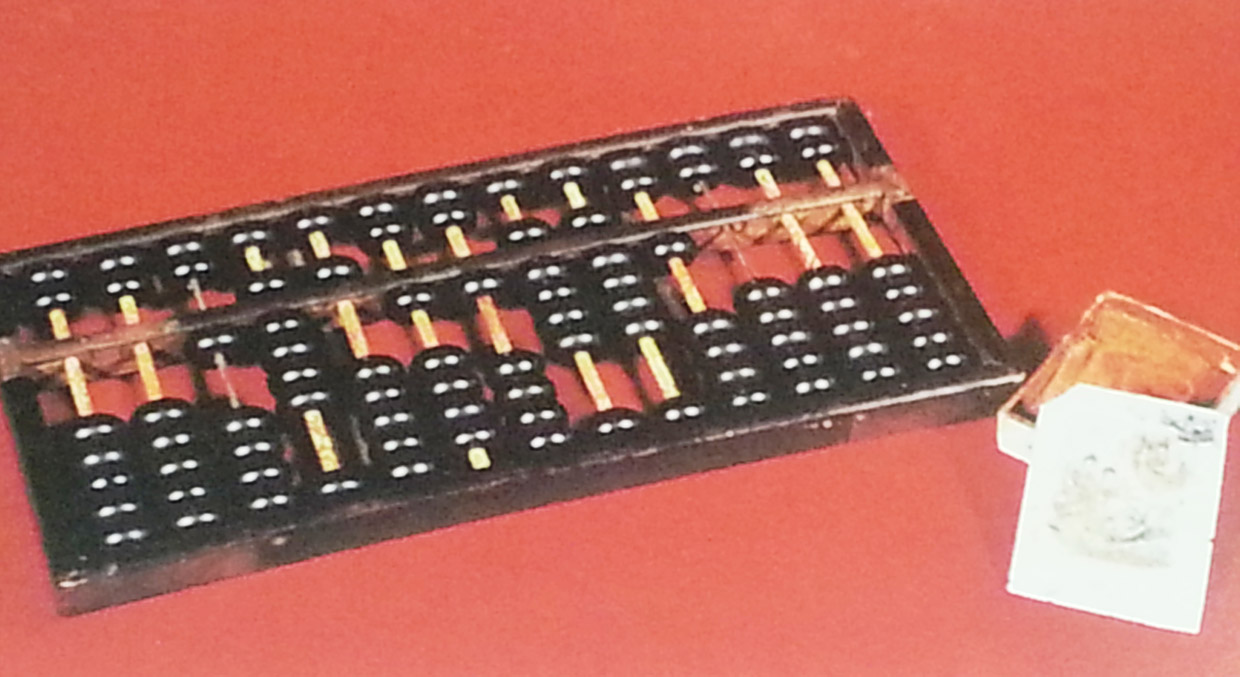
Stamp pad and abacus, the stationery used in the early days of Chung Chi College (1951)
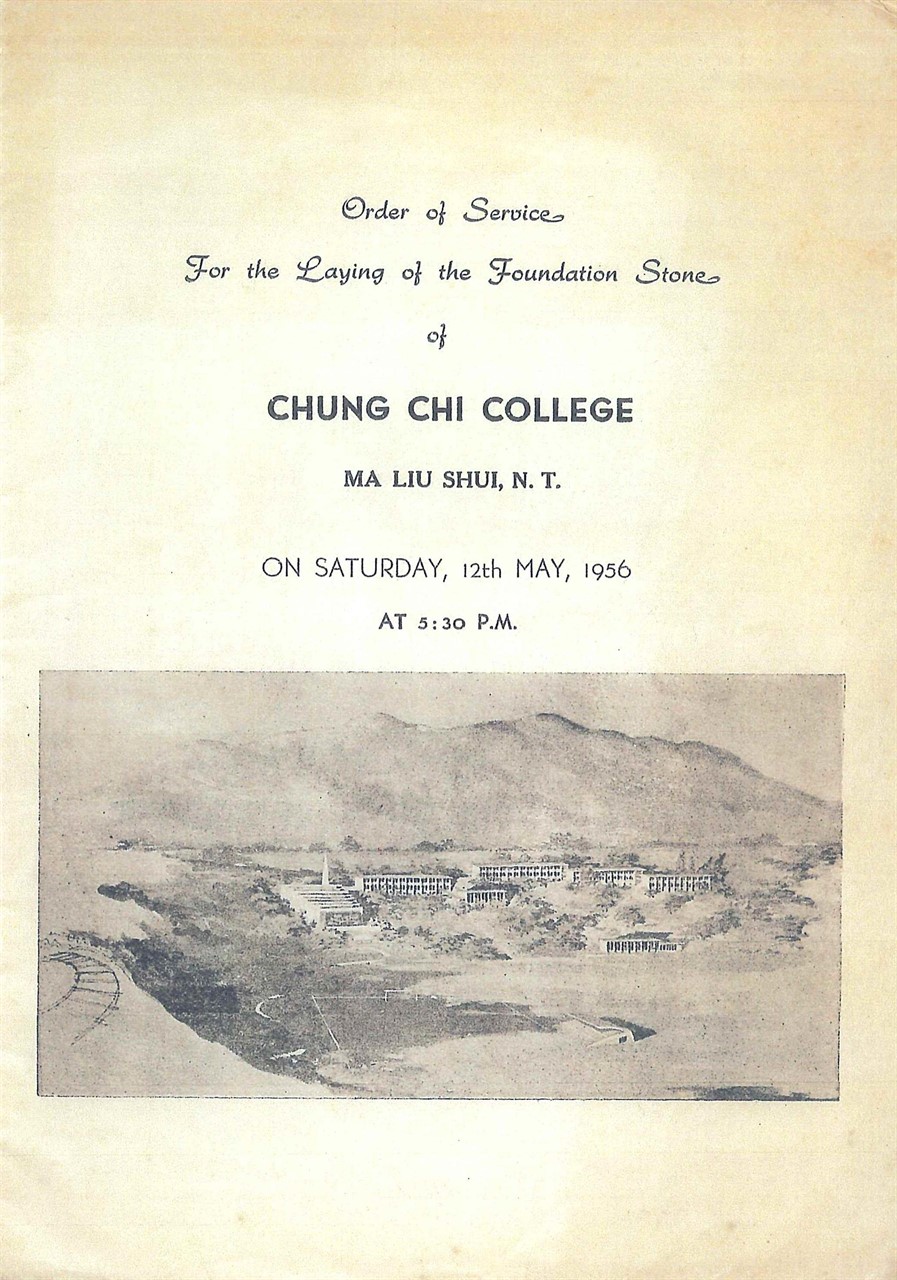
Programme of the foundation stone laying ceremony for the new campus of Chung Chi College in Ma Liu Shui (1956)

The school-bell on the campus in Ma Liu Shui (1950s-1960s)
United College
United College came into being through the amalgamation of five colleges: Ping Jing College of Accountancy, Wah Kiu, Canton Overseas, Wen Hua and Kwang Hsia. Apart from Ping Jing which was founded in Hong Kong, the other four were private colleges which had moved south either from Guangzhou or its vicinity, bringing with them their students and teachers. These colleges operated in spartan premises in the evenings, relying precariously on their alumni in Hong Kong for funding. In early 1956, when Professor G. Kirk, President of Columbia University and director of the Asia Foundation, visited Hong Kong and learnt of the hardship of these colleges, he suggested amalgamation. Subsequently the five colleges announced in June the same year that they would join together to form the ‘United College of Hong Kong’. United College continued to receive financial support from the Asia Foundation and the Mencius Foundation. Later, the Government made available premises on Bonham Road to serve as its campus. Within a few years, it had developed into a well-established post-secondary college.
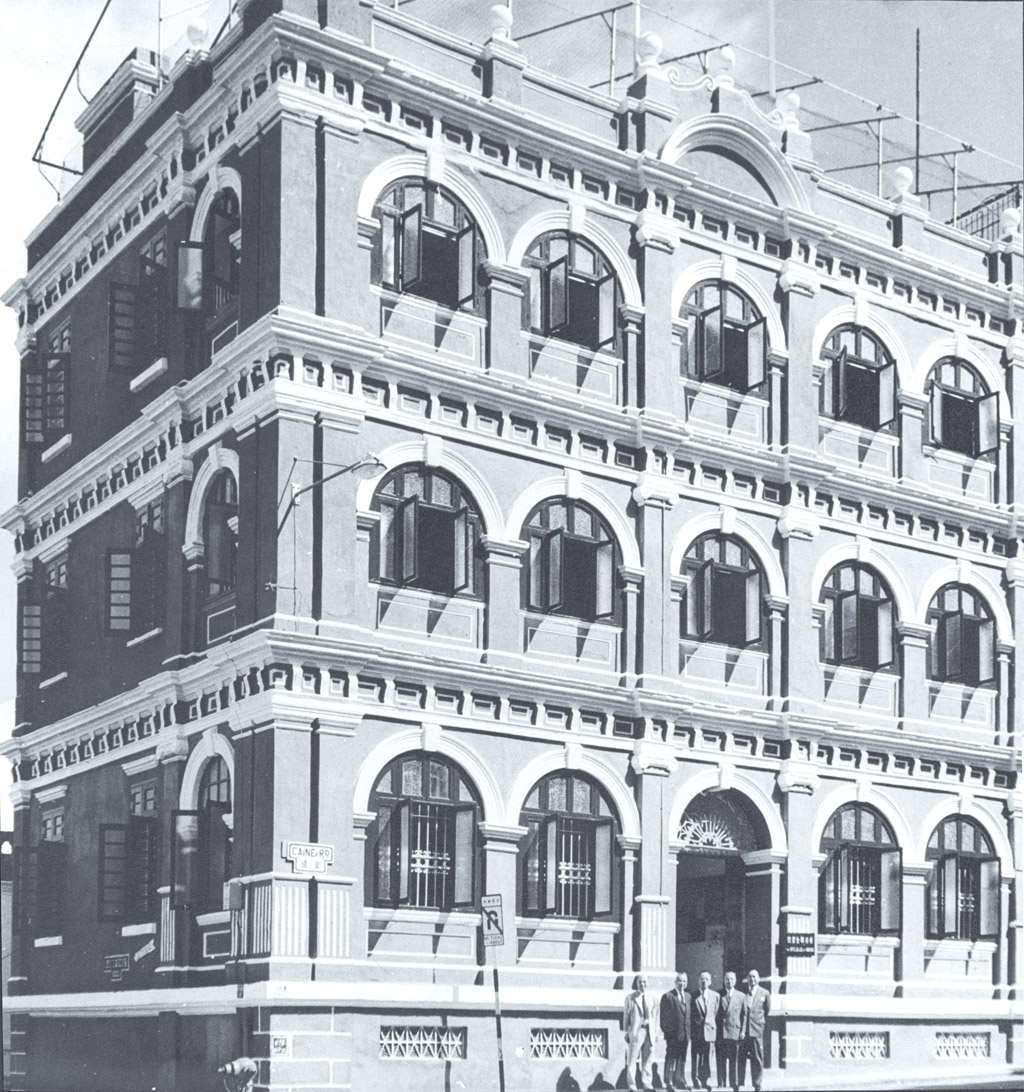
Campus of United College on Caine Road (1956-61)
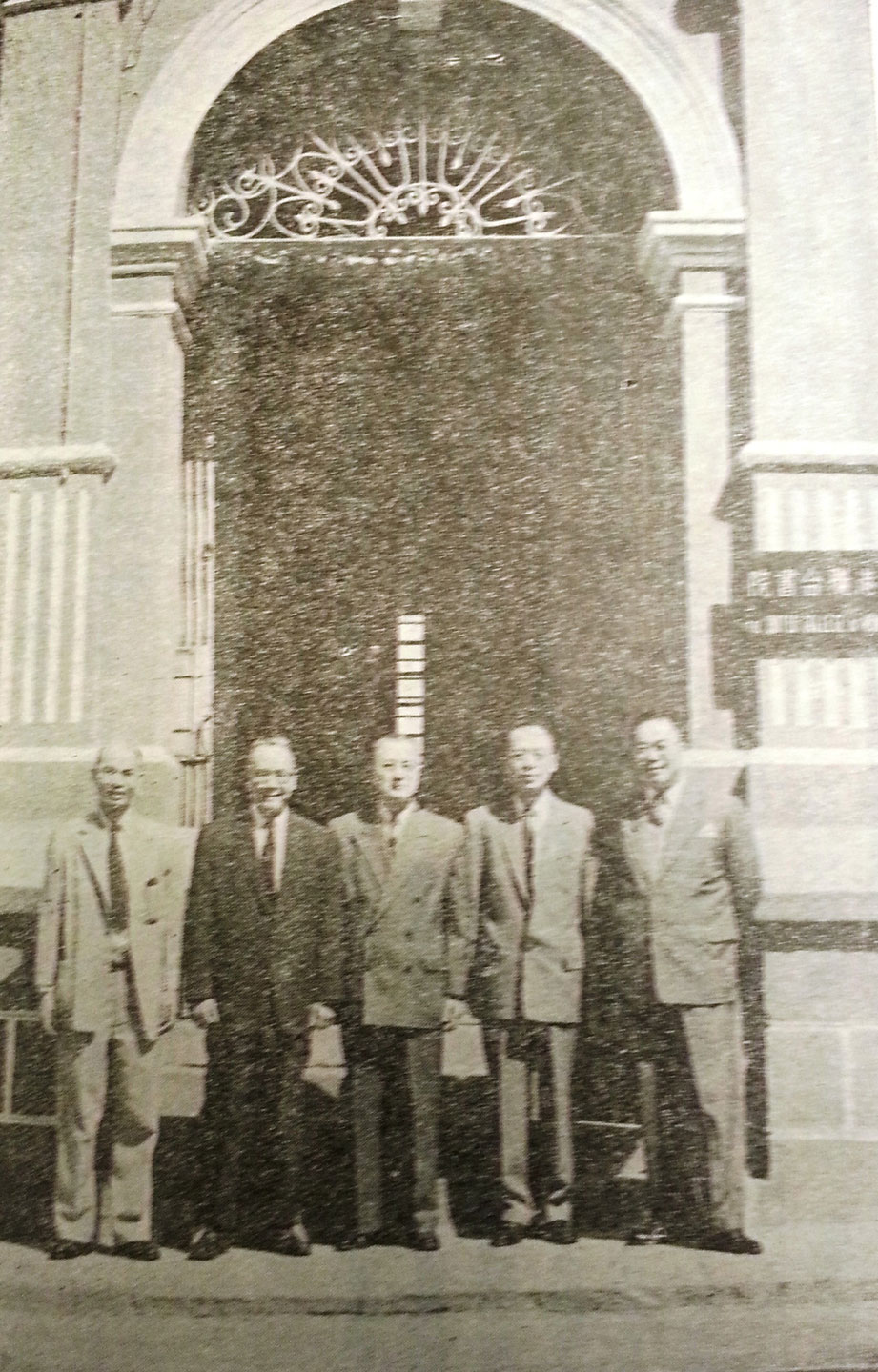
Presidents of the five colleges that made up United College on the Caine Road campus: (from left) Dr Wang Yu-kai, President of Kwang Hsia College; Professor Zhu Meng-tan, President of Wen Hua College; Dr Chen Ping-chuan, President of Canton Overseas College; Professor Wang Shu-tao, President of Wah Kiu College and Dr Huang Wen-gun, President of Ping Jing College of Accountancy (1956)

The first graduation ceremony of United College (1957)
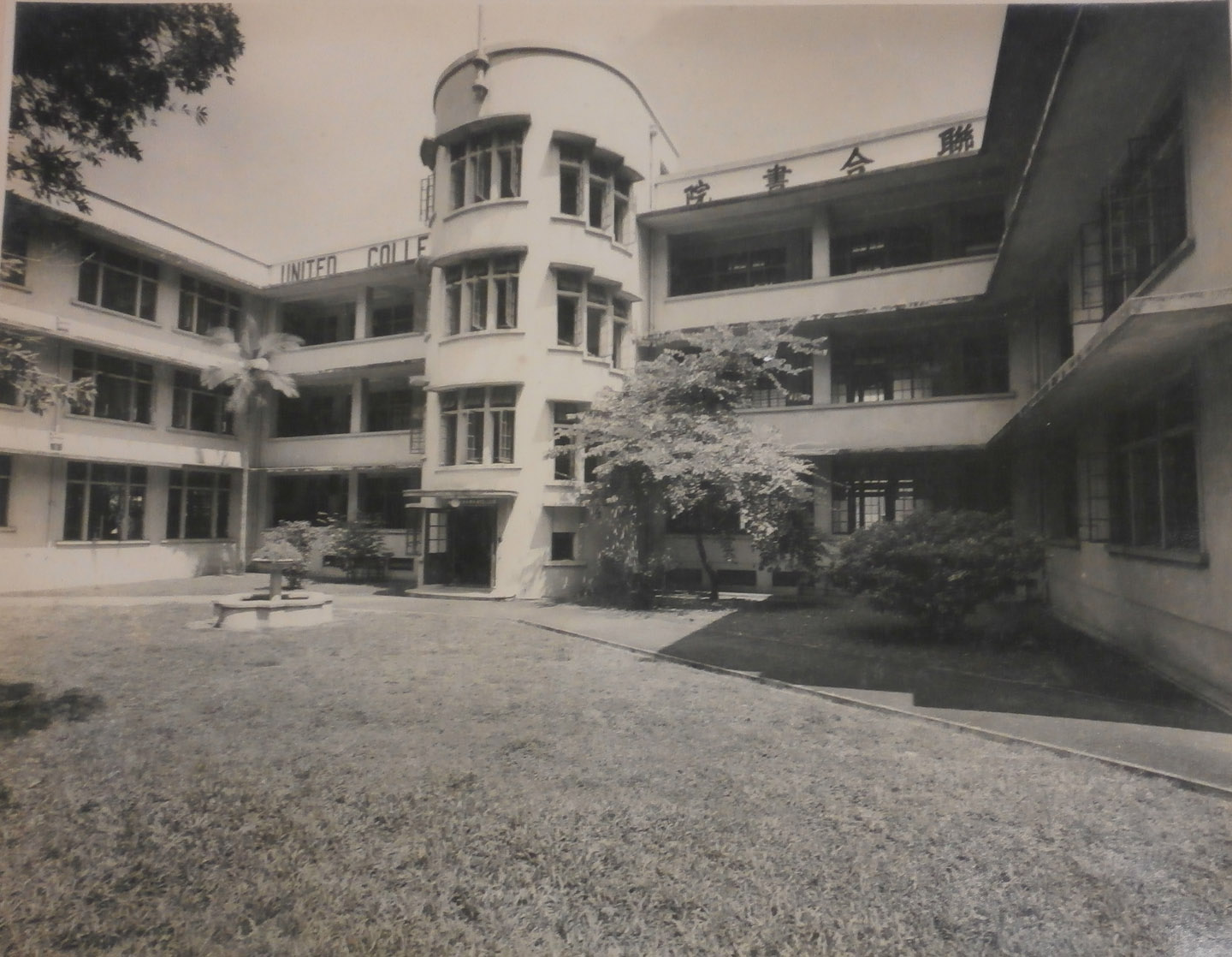
Campus of United College on Bonham Road (1962-71)
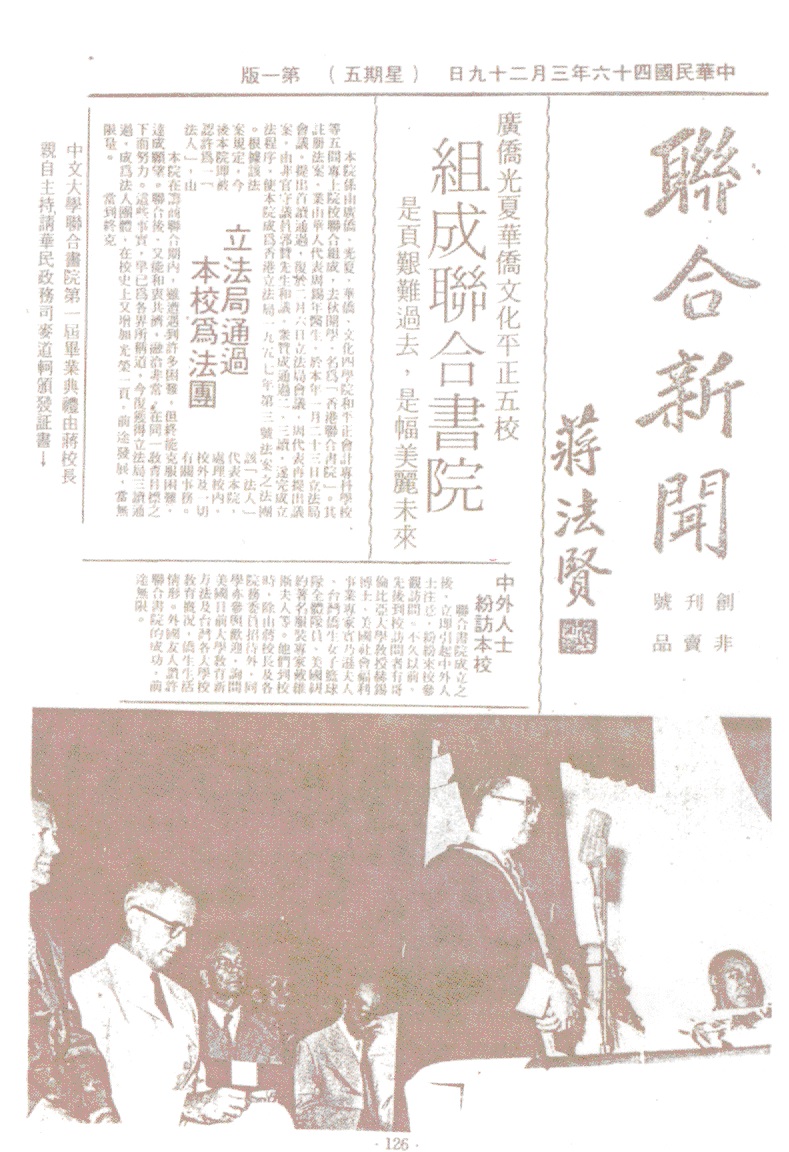
A page from the inaugural issue of United College News (1957)
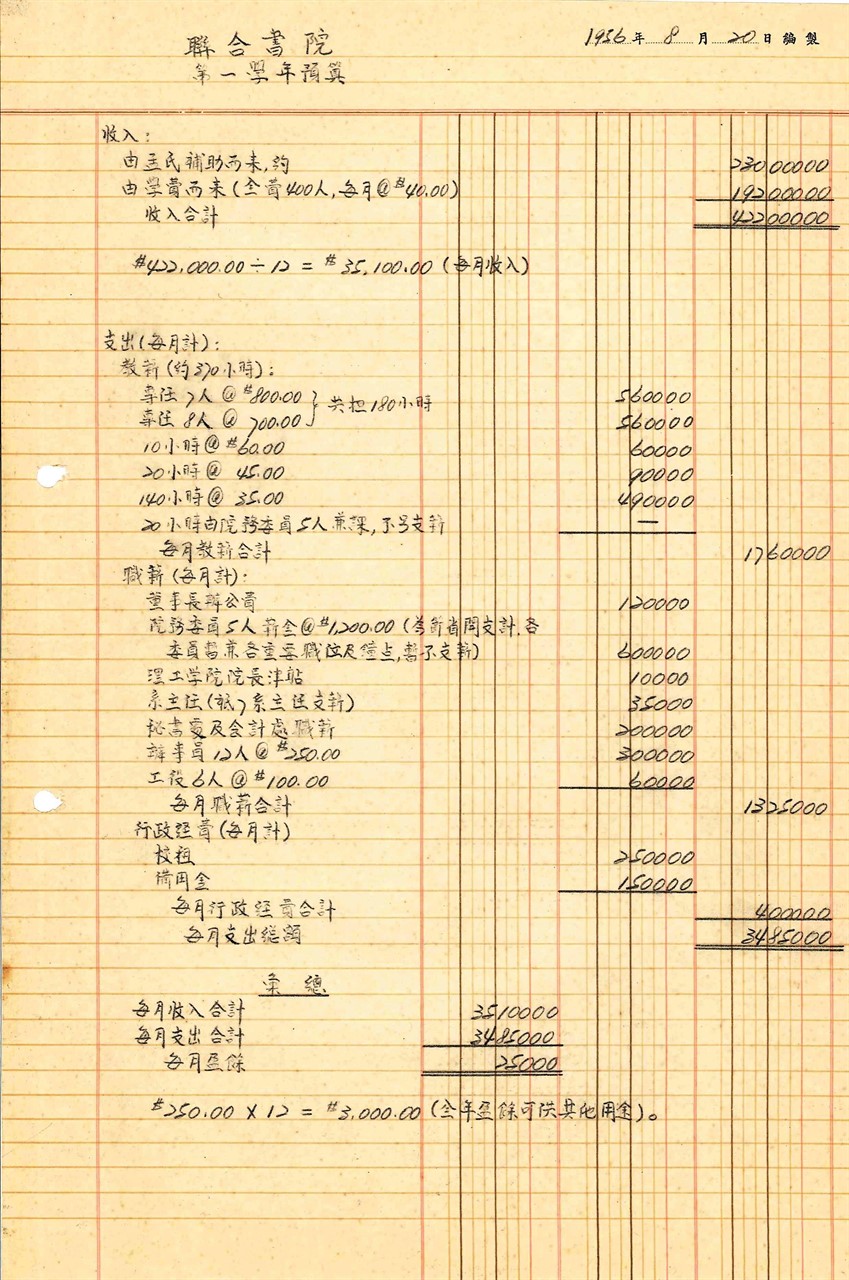
Financial budget of the first academic year of United College (1956)
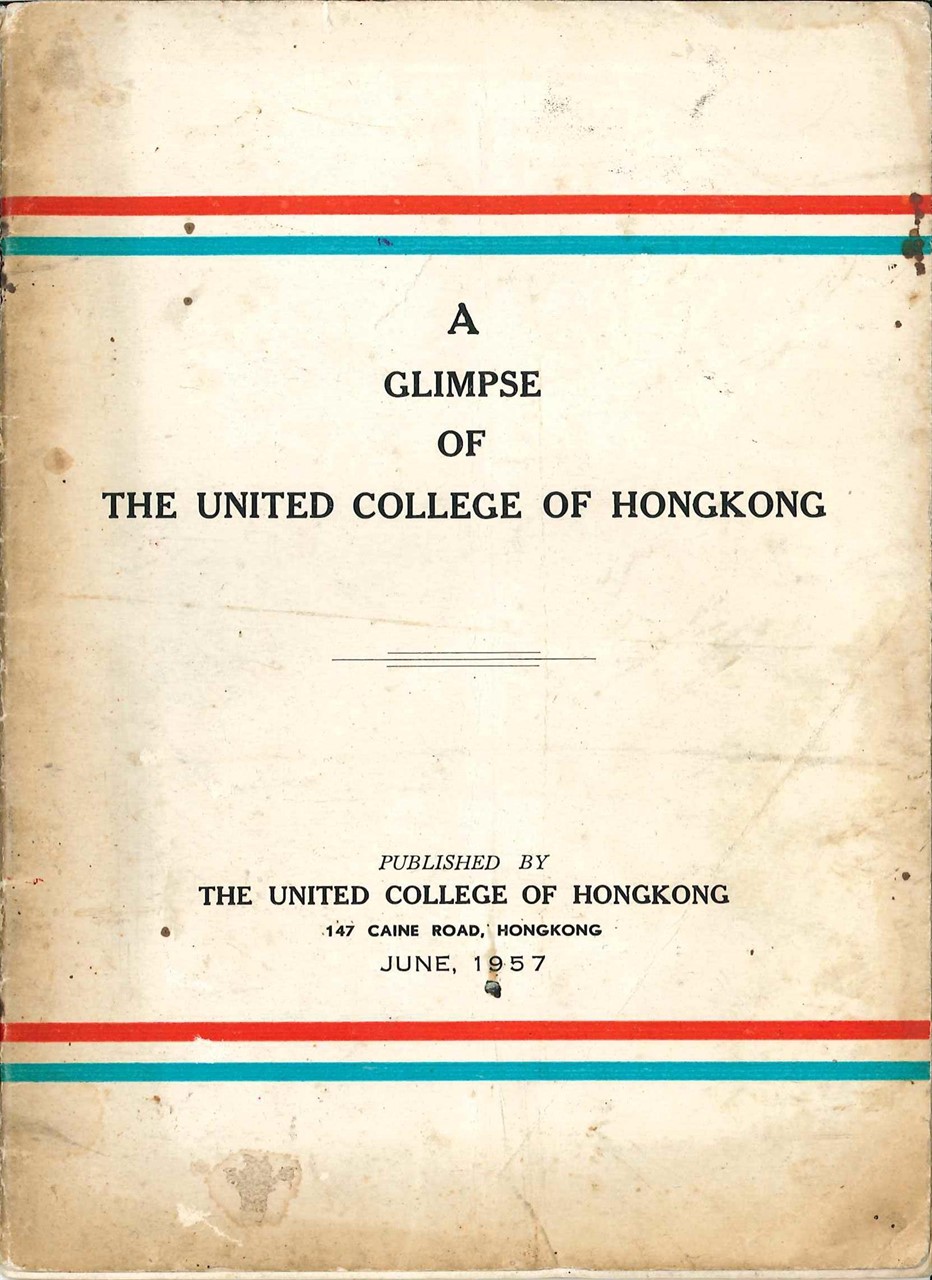
United College–An Overview (1957)
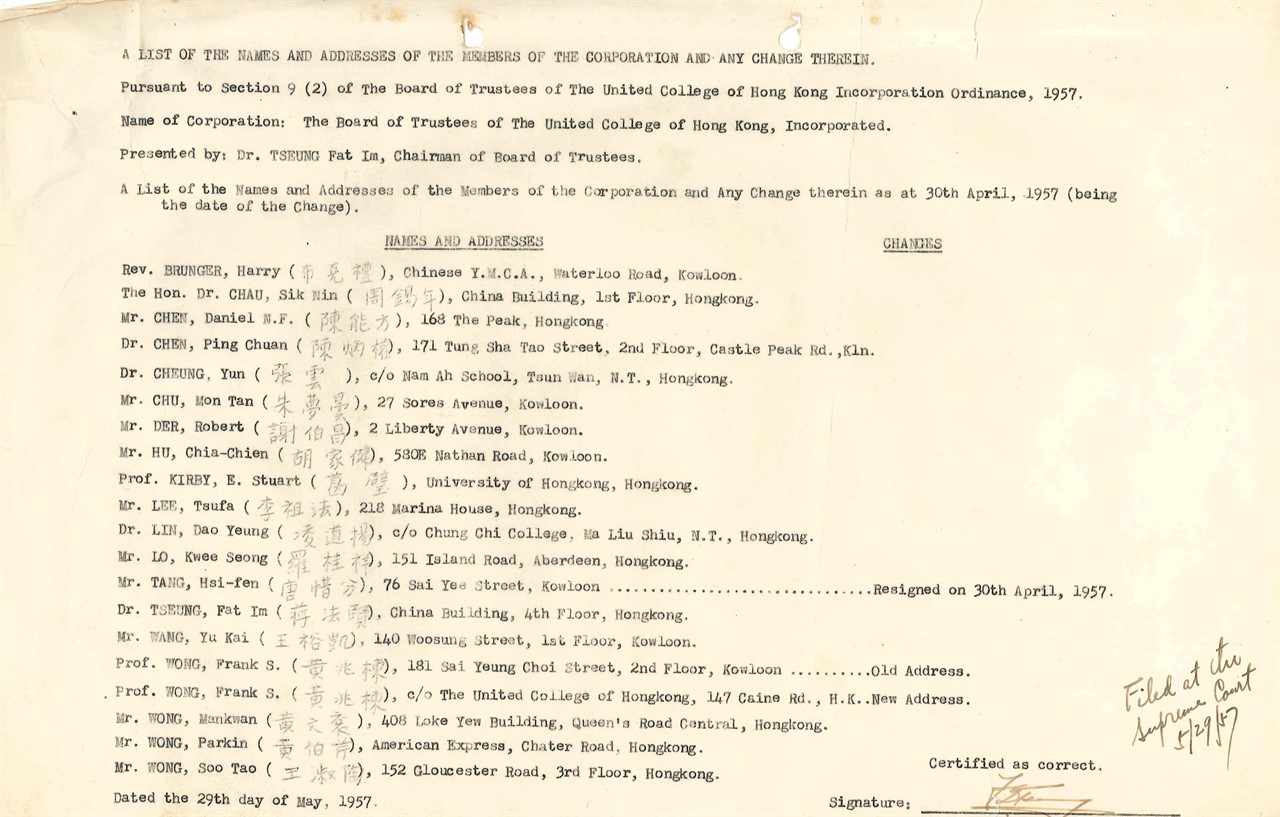
Board of Trustees, United College (1957)
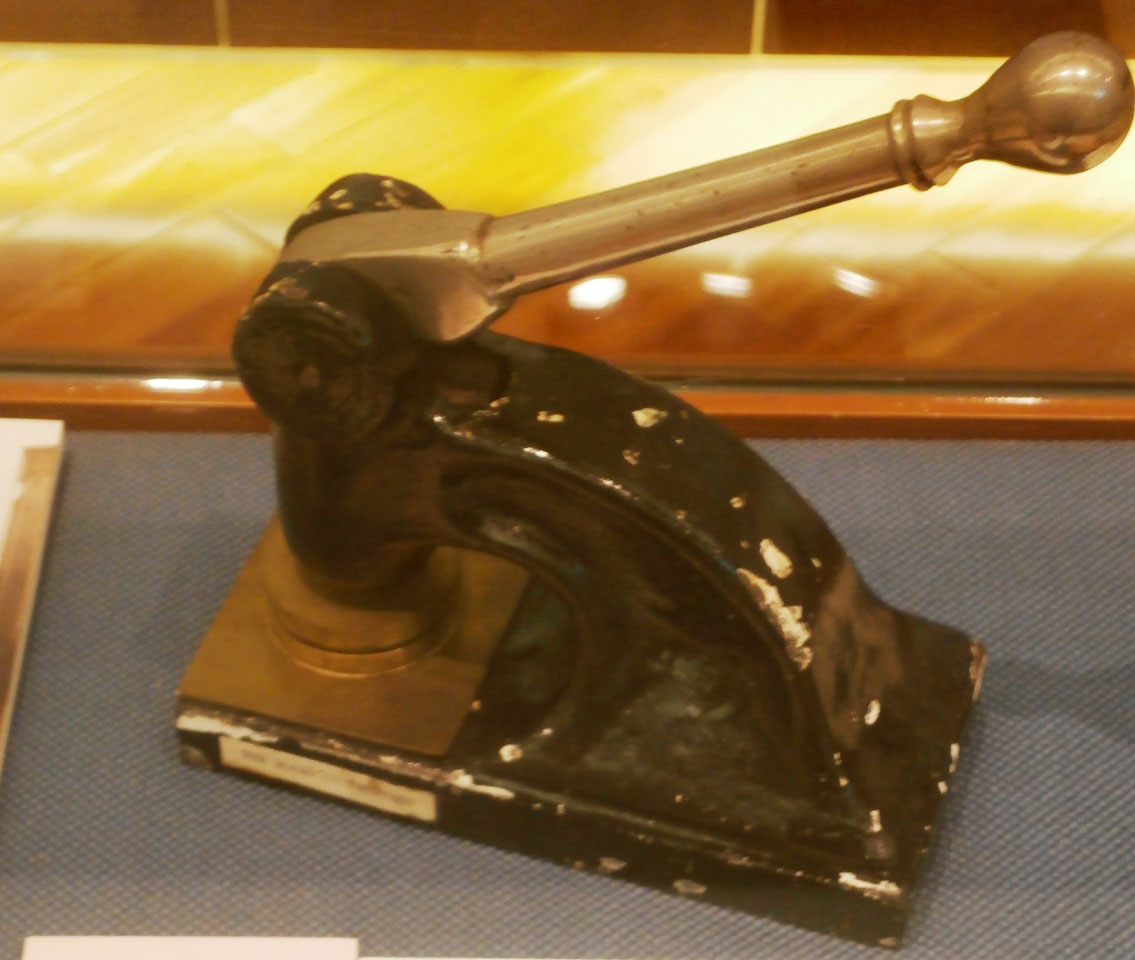
Watermark of United College (1956-1963)
The Road to the Establishment of the Chinese University
In 1957, New Asia, Chung Chi and United formed “the Chinese Colleges Joint Council”, with Dr F.I. Tseung as its Chairman. Its aim was to strive for degree-awarding status for the three colleges, and this laid the foundation for further collaboration among the three. In 1958, the Government accepted the proposal, after lengthy deliberation, to establish a Chinese university, and in the following year, officially announced its subvention to the three colleges, which were to be the foundation colleges of the new university.
In 1960, John Fulton, who was the Vice-Chancellor of the University of Sussex at the time, was invited to come to Hong Kong as a consultant on the project. In his Report on the Development of Post-Secondary Colleges in Hong Kong, he emphasized the importance of academic freedom and research, and endorsed the new university’s use of Chinese as the medium of instruction as well as its role as a bridge for cultural exchange. Fulton visited again in 1962, and chaired a committee comprising international academics to examine the standard of the three colleges and lay down the structure of the new university. In 1963, the Report of the Fulton Commission published by the committee clearly proposed a federal type of governance for the amalgamated colleges, which served as the blueprint and basis of the founding of the Chinese University.
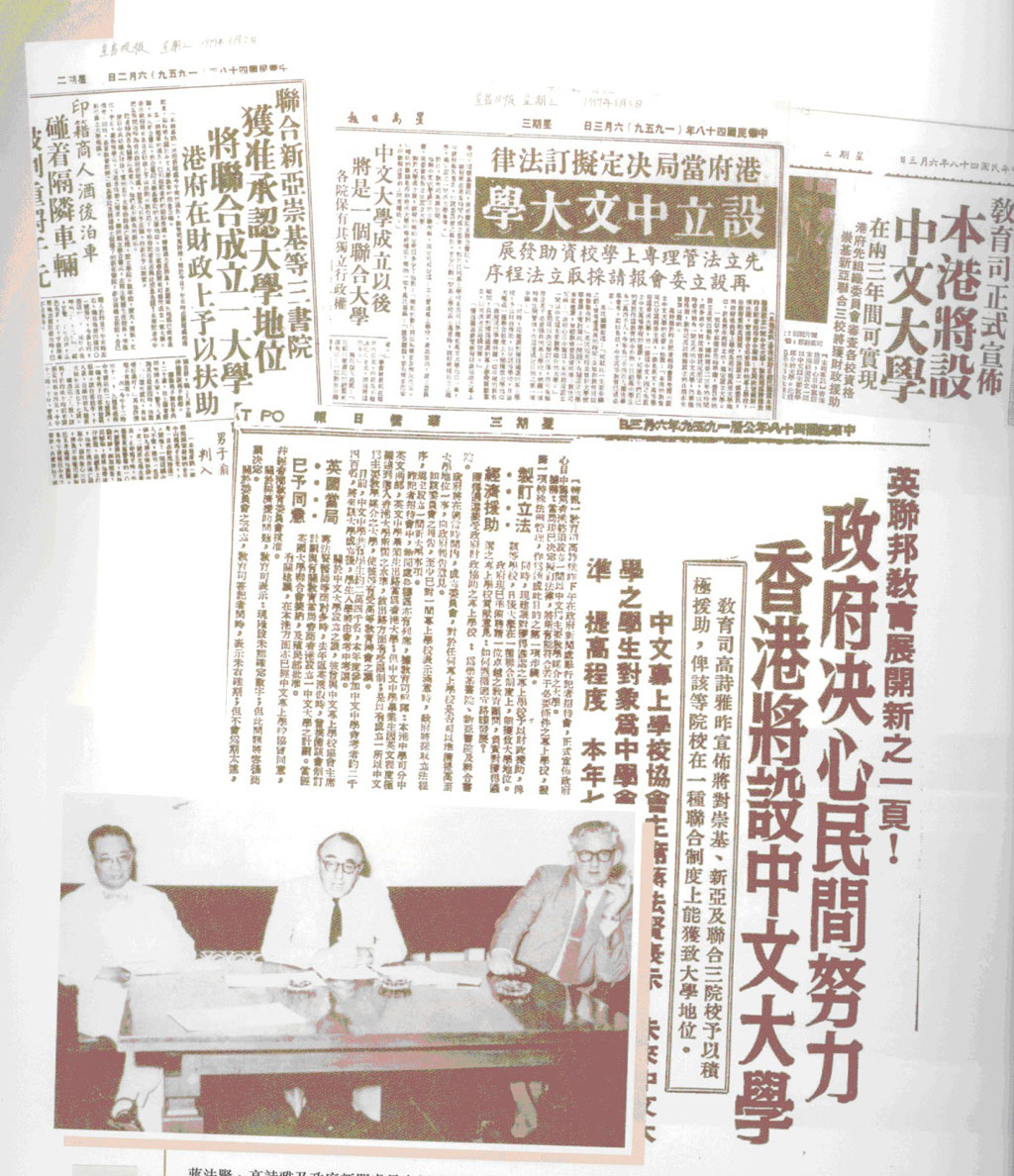
A newspaper clipping on the amalgamation of the three colleges to form the University (1959.6)

Mr Leonard Geoffrey Morgan, Deputy Director of Education, visiting Chung Chi College (1959)
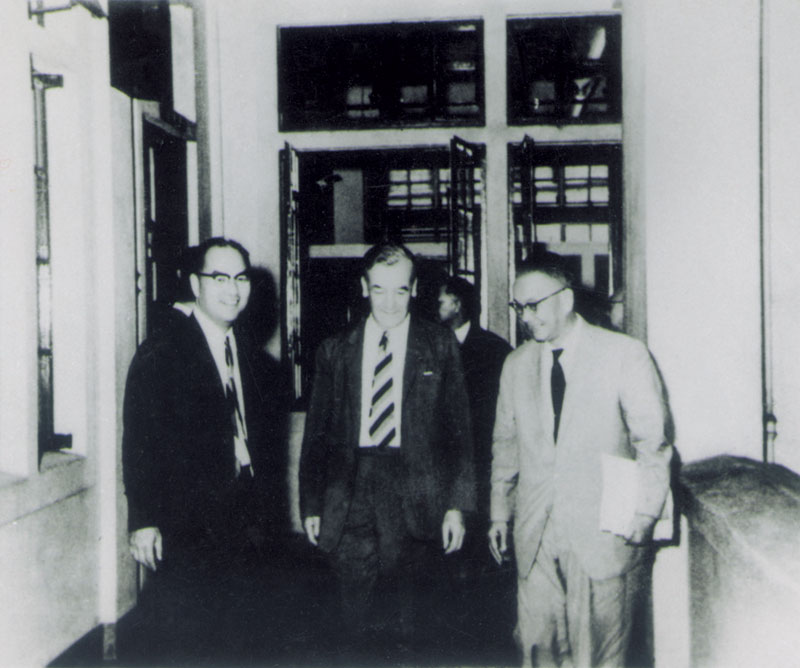
Fulton Commission formed (1962)

Report of the Fulton Commission (1963)
The Founding of The Chinese University of Hong Kong
When the Report of the Fulton Commission was released, the Hong Kong Government appointed 20 persons to the Provisional Council of the University, with the Honorable Sir Cho-yiu Kwan, a member of the Executive and Legislative Councils, as Chairman. The new university was named 'The Chinese University of Hong Kong', and Dr Choh-ming Li, a scholar with both Chinese and western academic backgrounds well connected with various sectors of society, was appointed Vice-Chancellor. The Provisional Council also deliberated on the site for the new campus, and the regulations for the governance of the new university. On 15 September 1963, the Legislative Council passed 'The Chinese University of Hong Kong Ordinance'. Then on 17 October the same year, Sir Robert Black, the Governor of Hong Kong and Chancellor of the University, presided over its inauguration congregation at the Hong Kong City Hall. So, from college to university, a 15-year journey fraught with hardships finally reached its end, and the Chinese language and Chinese culture finally achieved official recognition in Hong Kong.
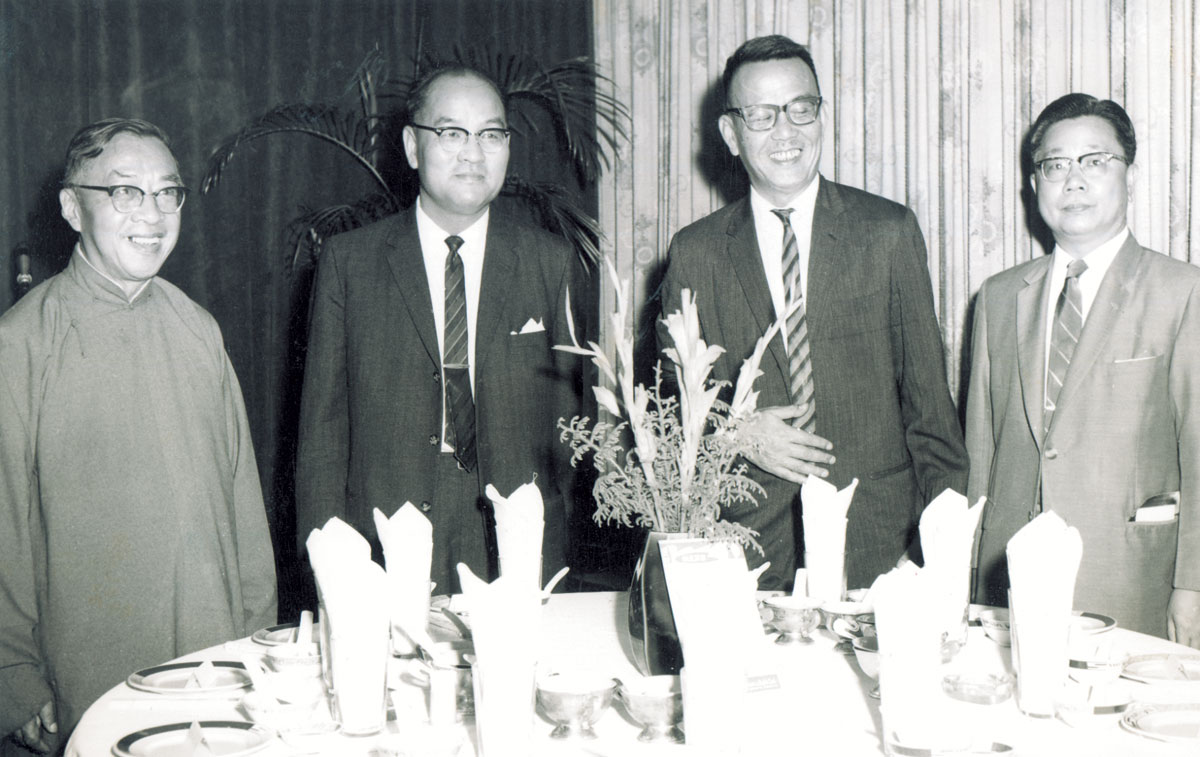
Vice-Chancellor Dr Choh-ming Li with presidents of the three founding Colleges at the reception celebrating the establishment of The Chinese University of Hong Kong and the new Vice-Chancellor. (1963.11.7)
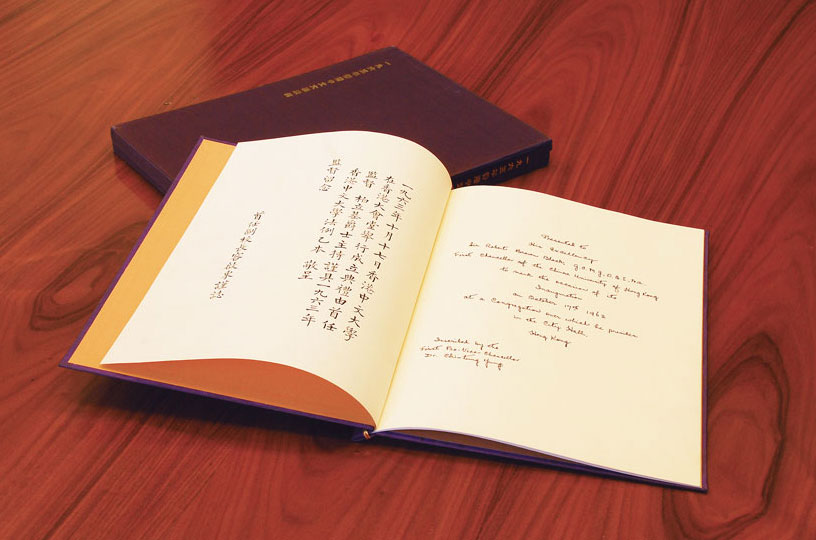
The Chinese University of Hong Kong Ordinance (1963)
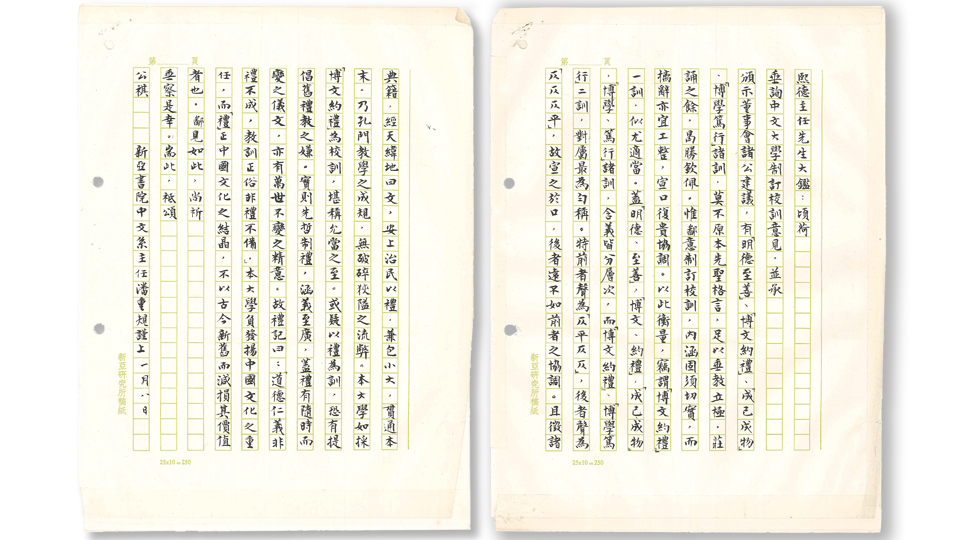
New Asia College's Proposal of adopting 'Bo Wen Yue Li–Through learning and temperance to virtue' as the Chinese University's motto (1964)
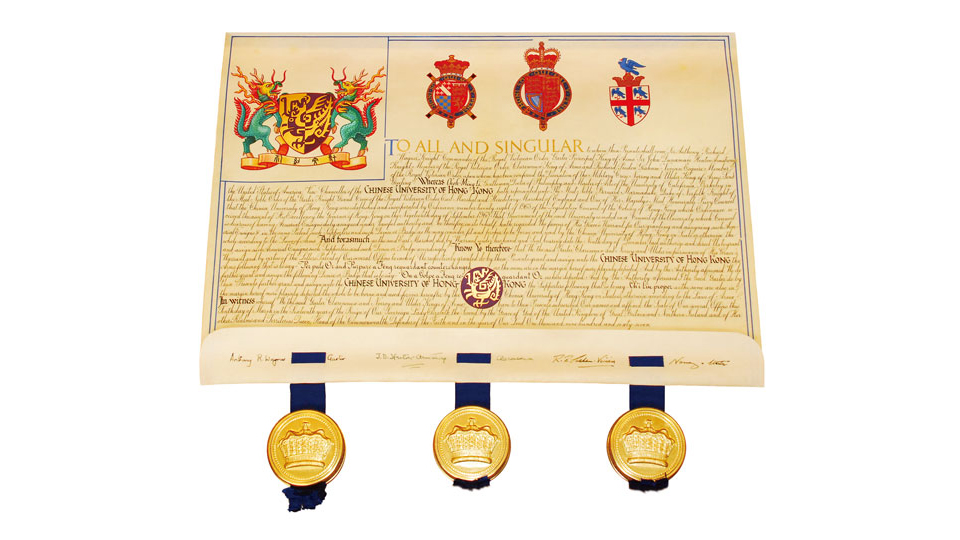
Coat of arms of The Chinese University of Hong Kong (1967)
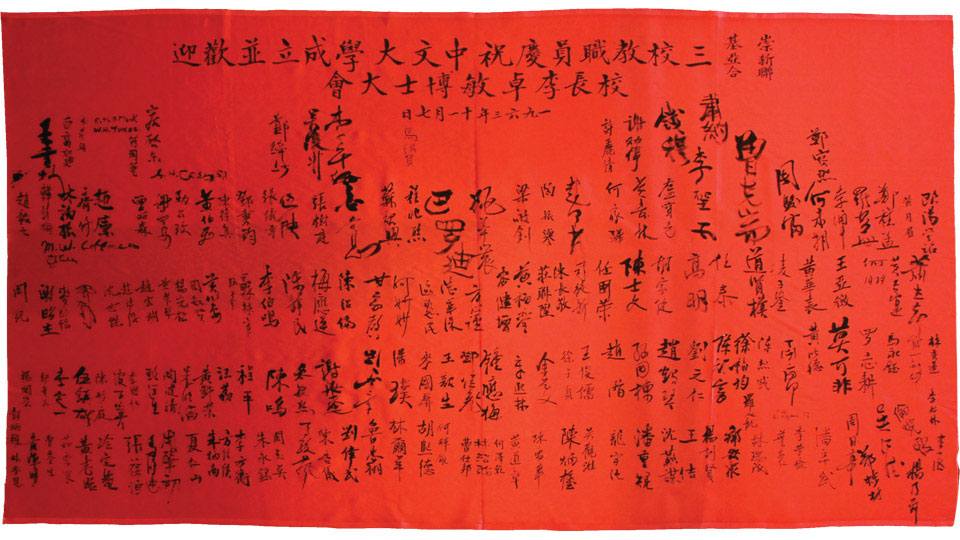
The satin bearing signatures of guests attending the reception held by the faculty and staff of the three foundation colleges to celebrate the establishment of The Chinese University of Hong Kong and the new Vice-Chancellor, Dr Choh-ming Li. (1963.11.7)
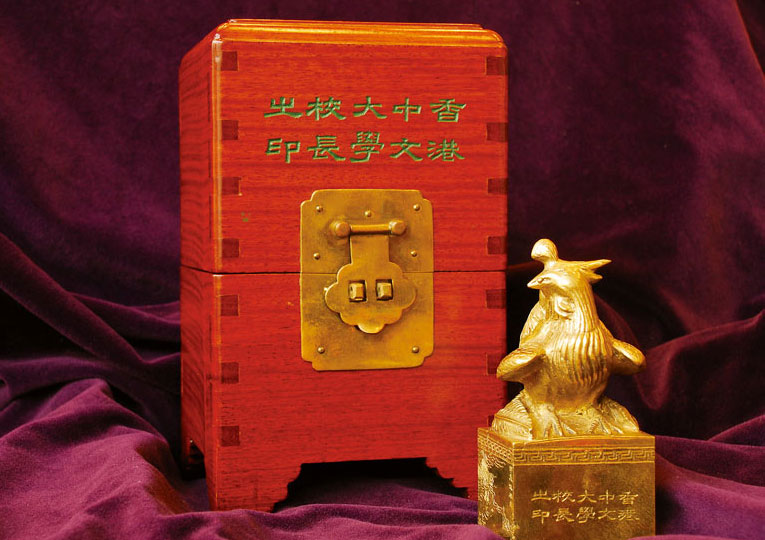
Seal of the Vice-Chancellor of The Chinese University of Hong Kong (1964)
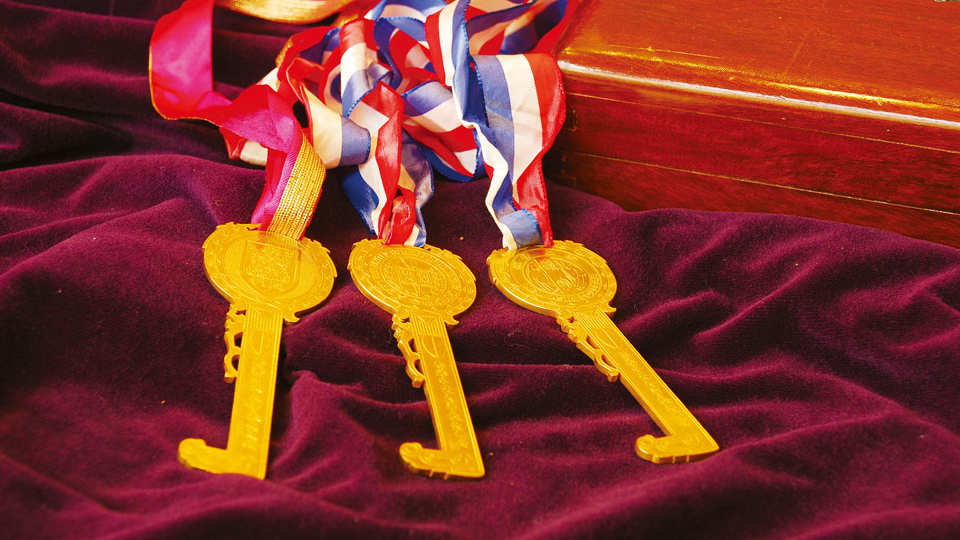
Ceremonial keys of the three founding Colleges presented to the Vice-Chancellor of The Chinese University of Hong Kong (1964)
News
In view of the latest government social distancing measures, CUHK History Gallery will remain closed until further notice.
4 February 2022
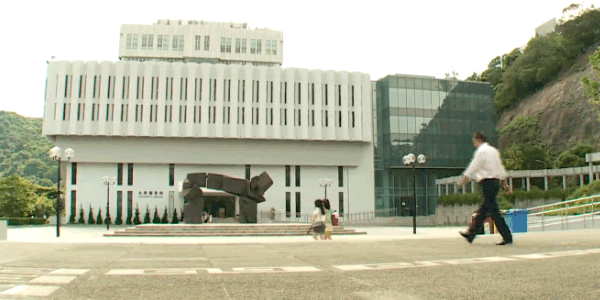
Mon to Fri: 10am - 5pm
Sat: 12:30pm - 5pm
Sun and Public Holiday: Closed


